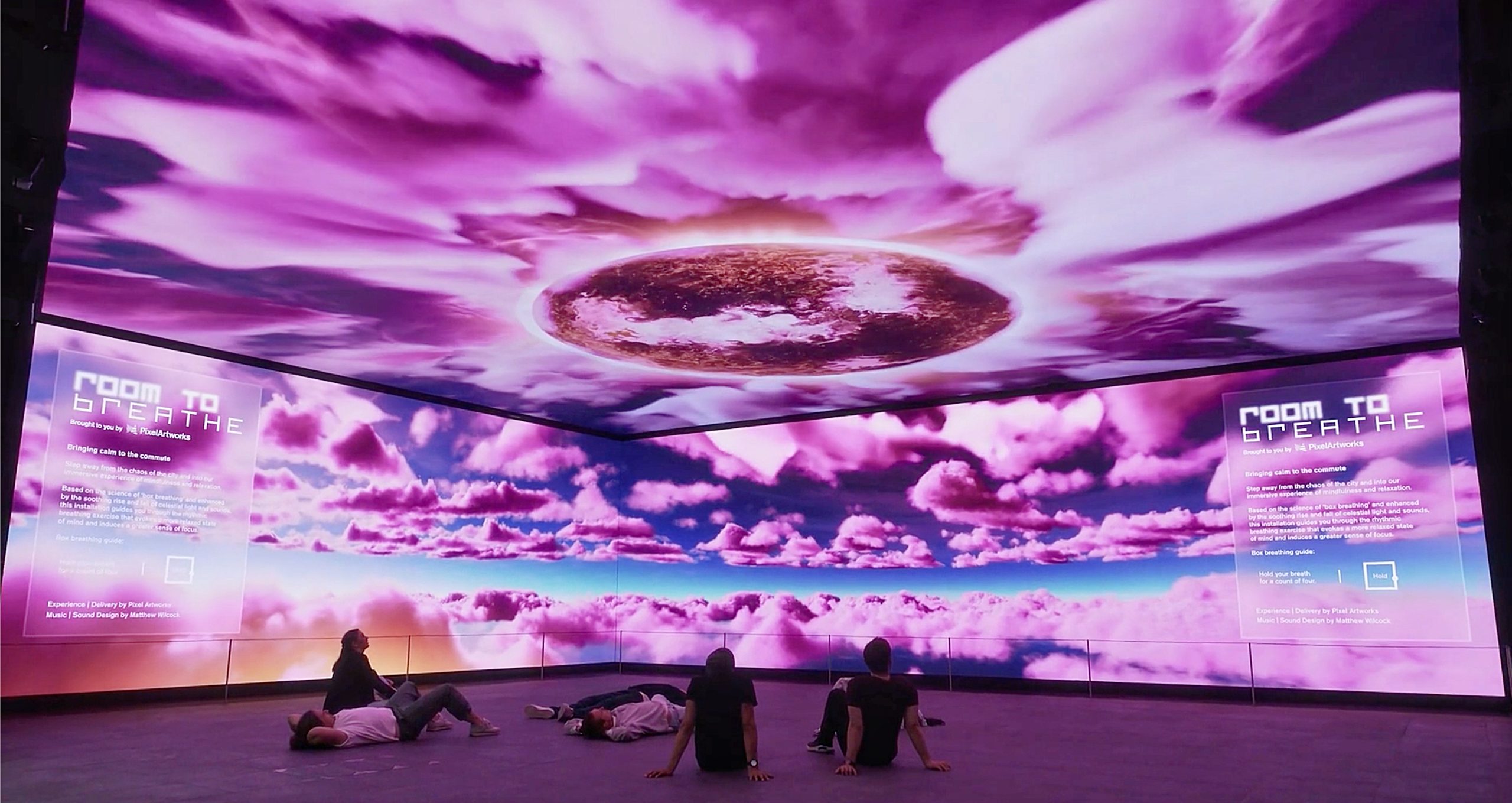What if your experience could be not only entertaining, but also have health benefits?
Wellness used to mean jacuzzis and a jazzy soundtrack. But in the ever-evolving wellness landscape, the arts, technology and the sensory sciences are fusing to form a transformative therapeutic approach: Experience as Medicine.
Multisensory lab and innovation studio White Mirror describe themselves as a bunch of “budding neuroscientists and artists” who blend strategy, content, experiential and research to explore this new wellness paradigm. Their aim is to leverage experience design and technology to support medicinal wellness, using empathetic, salutogenic, ethical, and inclusive design principles as a guide.
White Mirror’s work includes developing digital therapeutics, from Unicorn mindfulness apps to XR platforms, and creating large-scale immersive experiences that foster connection and collective healing. By establishing interdisciplinary Experience Labs, they also bring together artists, scientists, and technologists to design products that transform every interaction into an opportunity for physical, mental and emotional wellbeing.
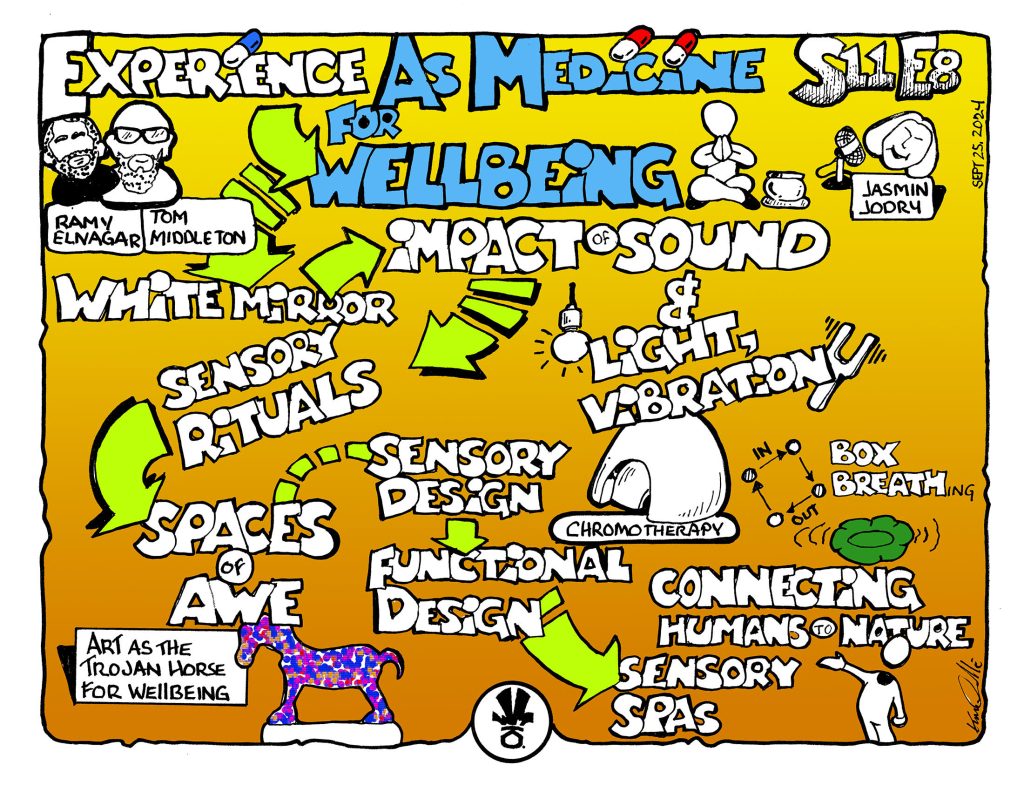
Science is an important cornerstone of White Mirror’s work: their research lab in Lisbon allows them to test, iterate and validate experiences by measuring things like brain activity, heart rate, emotional arousal, and breathing patterns, supporting their hypotheses through research, experiments and pilot studies.
Co-founder Tom Middleton is a former DJ turned salutogenic sound obsessive, who went from playing to millions to retraining as a sleep science coach and later working as a sound architect and sensory designer for hotel brand Yotel, looking at how to harness the power of sound to have an impact beyond entertainment and elevate guest journeys. (He also provided the salutogenic soundscapes for this year’s World Experience Summit.)
Having tracked the effects of vibration, resonance, and frequency from Egyptian tombs to luxury spas, he shares how to leverage intentional sensory design for health and wellbeing outcomes. You’ll learn how to design – or “awe-engineer” – environments that offer profound mental and physical health benefits by engaging immersive sound and the rest of the senses.
The 4 Intentional Design Principles For Salutogenic Experiences
White Mirror follows four design principles to create better spaces and experiences that put health first.
- Empathetic: with the human condition at its heart.
- Scientific: leveraging research and data in a robust way.
- Biophilic: looking to nature for answers.
- Salutogenic: supporting holistic health and wellbeing (see the godfather of salutogenic principles, Tye Farrow’s, Constucting Health for more on ways to cause health).
These principles are all wrapped in being ethical, inclusive, and sustainable. They also take into account what wellbeing means today – it’s no longer just about relaxation, but also a physical, social, financial, intellectual, environmental, spiritual, and occupational concern. Finally, the studio looks at the ecosystems within which we interface with these different dimensions of wellness: through wearables, spaces, experiences, and technology.
Sensory Design, Neuroarts, & Finding Your Canvas
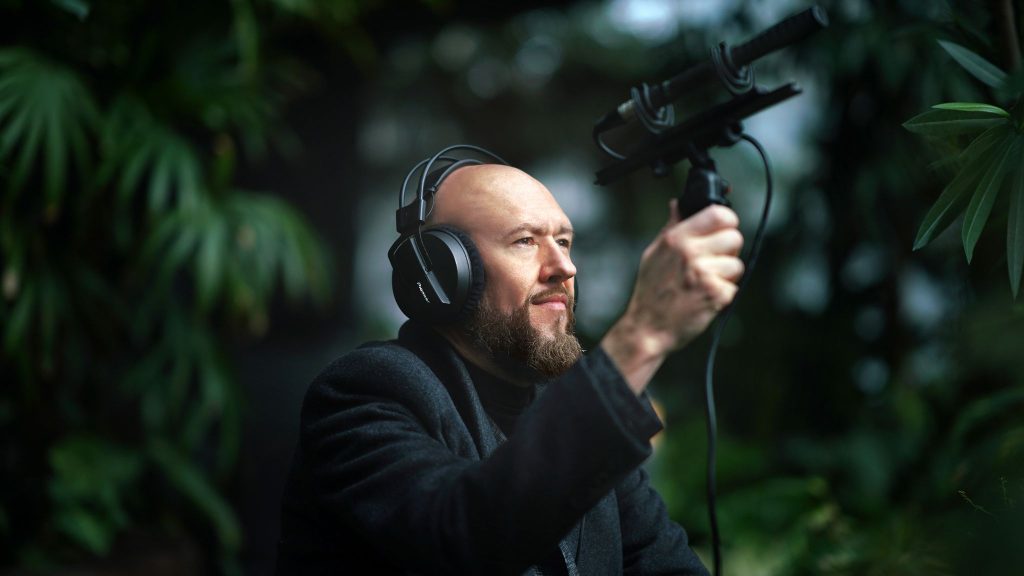
A key component of experience as medicine is creating sensory rituals that are built into everyday experiences. By transforming science into magic, we move from passive design to sensory design – a process Middleton calls “awe engineering” as we create spaces of awe.
These spaces can be anywhere people live, work and interact: a car, classroom, supermarket, theme park, device, and so on. It’s about meeting people where they are, identifying your “canvas”, and finding ways to impact and add value to it through intentional spatial design and sensory design.
Sensory design leverages the power of the senses, using neuroaesthetic thinking and neuroarts as an inspiration. Art is a Trojan Horse for wellbeing, as it harmonises our sensory perception and emotional responses. In Susan Magsamen and Ivy Ross’s Your Brain On Art, research shows that 45 minutes of an art activity can lower the stress hormone cortisol, and one art experience per month can extend your life by 10 years.
Audio Therapeutics To Boost Human Health
“Future medicine will be the medicine of frequencies.” Albert Einstein
While of course we have to be careful about the language we use and the promises we make about the power of experiences and immersive sound to heal people, the study of audio therapeutics suggests that intentionally designed audio can help deliver a therapeutic outcome.
We can intentionally design audio by layering the following:
- Psychoacoustics: how we perceive sound through our ears, and how it affects our behaviour and responses.
- Bioacoustics: how sounds produce and transmit in nature and animals.
- Vibroacoustics: how we feel sound through different mediums, e.g. water.
Borrowing terminology from pharmaceuticals, done right we might be able to develop audio therapeutics that target certain health benefits:
- Audio-hypnotics: sounds and music to aid sleep
- Audio-analgesics: sounds and music to reduce pain
- Audio-anxiolytics: sounds and music to alleviate anxiety
- Audio-nootropics: sounds and music to boost cognitive function and performance
Middleton has already worked on several projects that could be described as audio therapeutics, using immersive sound to create a positive impact on people’s lives.
Audio-hypnotics
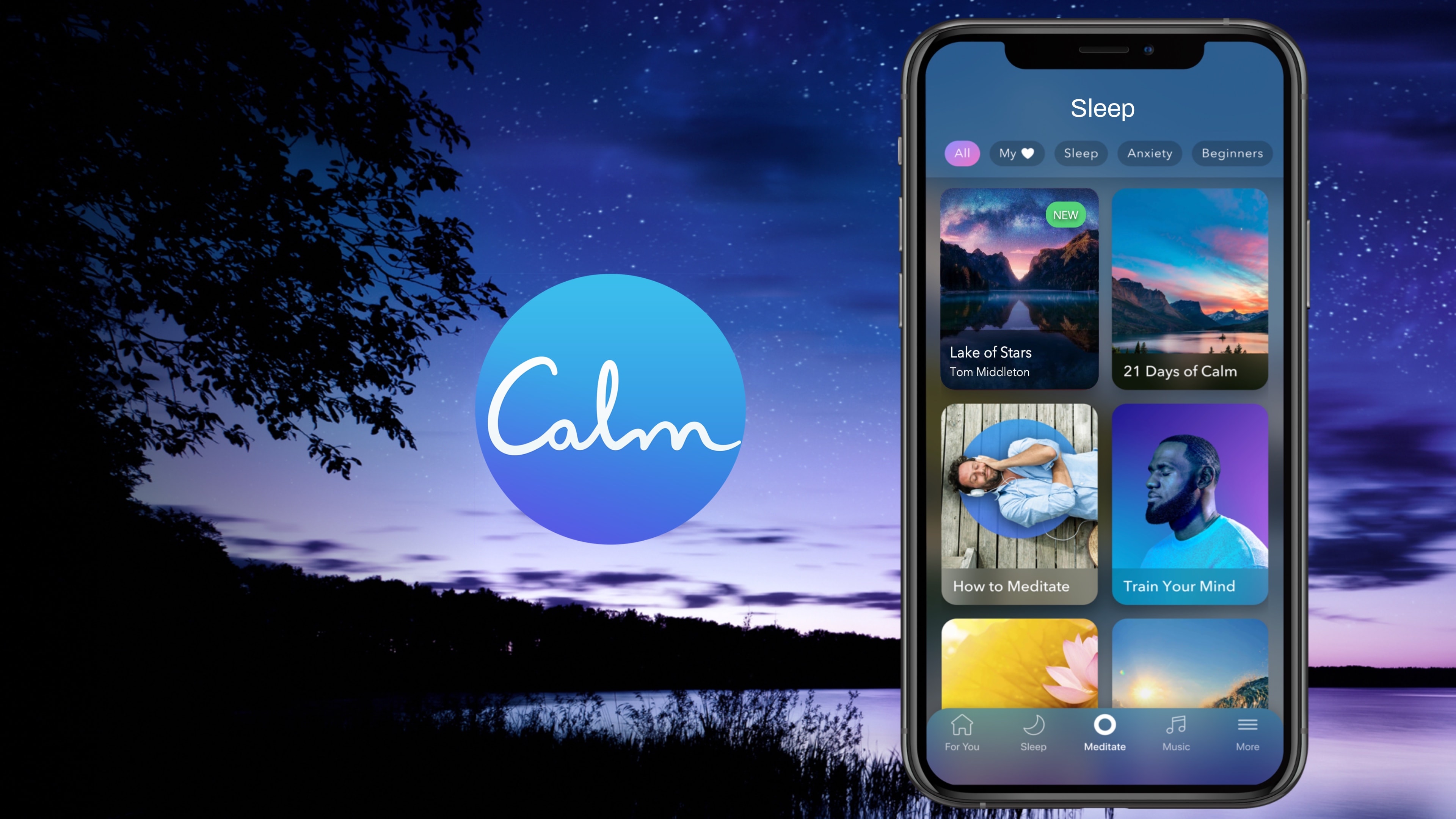
Sleep Better is an app that helps people sleep by creating a synthesised experience of a sunset using the screen of your smartphone alongside a soundscape that reduces breath rate, heart rate, and cortisol levels. Content Middleton created for the Calm app to help improve the sleep cycle is another testament to sound delivered through a device, and shows how your canvas can be virtual as well as physical. And a zero-emission lullaby for the EV Nissan Leaf recreated the soundtrack of a diesel engine using specific frequencies and played it back to help infants sleep in the car.
Audio-analgesics
The Moonai app leverages the power of binaural beats to modulate brain waves from high arousal to more relaxed states, helping to relieve pain in the menstrual cycle. And a project with XRHealth created immersive cold environments through sound to make people feel colder, to help counter hot sweats in chemo patients.
Audio-anxiolytics
The Breathonics app modulates your vagus nerve by helping you breathe along to music. A project for Jaguar Land Rover used vibroacoustic technology to prevent road rage and falling asleep at wheel by integrating the technology directly into the seat.
It might feel like there’s a tension between the use of screens in many of these solutions, and the reaction against the proliferation of screens that powers the modern wellness explosion. Middleton points out that while we know time in nature serves us better, we also know that this technology is where people are spending a lot of their time – and done well, these kinds of experiences can train people to use this technology in a health-giving way, and provide access to nature-inspired experiences where nature itself isn’t accessible.
By bringing researchers, designers, architects and stakeholders together earlier in the process to imagine possibilities together and unpack the research, we can leverage what’s possible and create more health-giving experiences.
Making Therapeutic Experiences Accessible At Scale
We’re incredibly distracted as a species. We need experiences that make us pause and deliver us moments of awe in order to deliver a wellbeing outcome. Humans are suffering – and while not everyone might have the resources to immerse in some of these experiences, if we design for different canvases, both digital and physical, we can reach more of those who need them.
In a project with Pixel Artworks, Room To Breathe, White Mirror took on one of the biggest public canvases on Earth, the screens at Outernet in central London. People could walk in off the street and learn a simple box breathing technique using giant screens and spatial audio. Testing back in the lab showed that it helped 84% of participants to unwind and destress, and 50% showed signs of physiological relaxation.
The WXO Take-Out
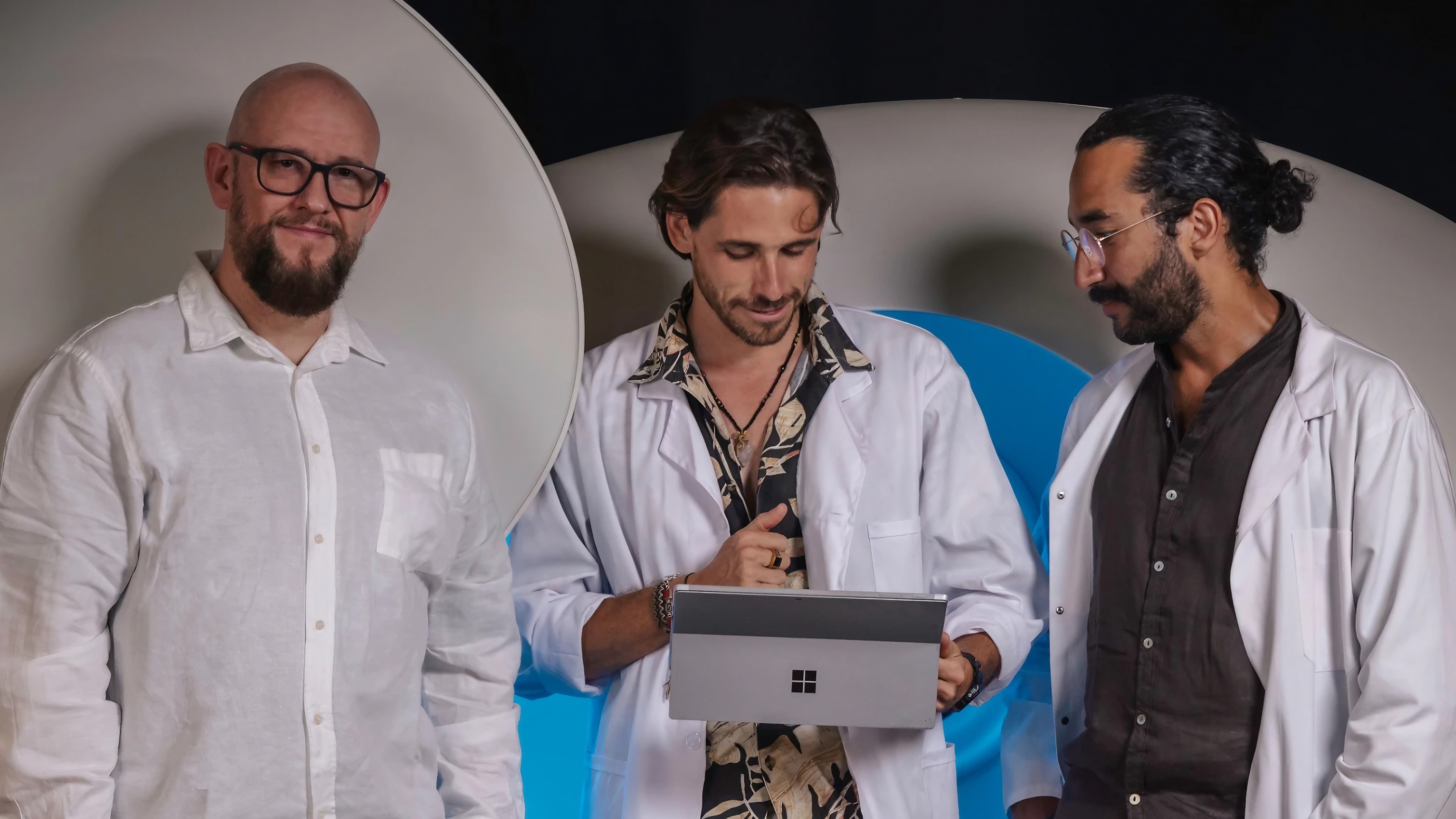
We’re incredibly excited about the potential of immersive sound to create experiences that are not only more entertaining and engaging, but also more beneficial to wellbeing.
Functional experiences like The Hum and Dreamachine, research by the likes of Kinda Studios and the authors of Your Brain On Art, and innovations like those being pioneered by White Mirror show that there’s a huge opportunity to create sensory experiences that resonate at both ends of the spectrum and impact people’s lives, whether your canvas is a multimillion-dollar wellbeing spa or the phone in your pocket.
In Middleton’s words:
“Let’s innovate, be mindful, ethical, inclusive and sustainable, let nature guide us, and think salutogenic. And let’s dream together: where could we go next?” Tom Middleton
So next time you’re designing an experience, ask yourself:
- What’s your canvas?
- Who are you designing it for?
- How could you make it more inclusive/affordable?
- How could you be more intentional in the design?
- How could you integrate nature?
- How could you make it health-promoting?
Want to come to live Campfires and join fellow expert experience creators from 39+ different countries as we lead the Experience Revolution forward? Find out how to join us here.

